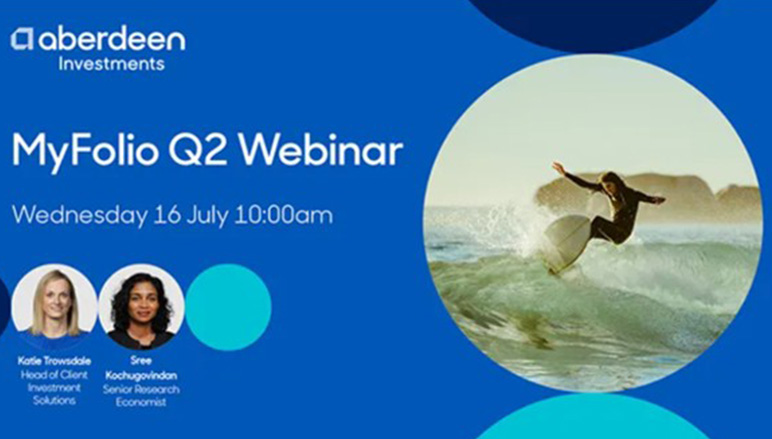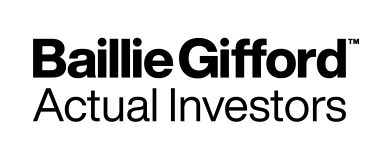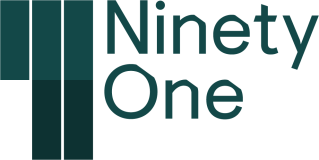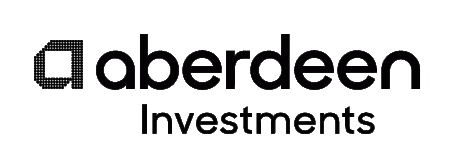Welcome to the 'best of' articles written for Adviser-Hub by Brett Davidson, chief executive of FP Advance. The articles include hugely valuable information and ideas that you can take and put into action back in your own business.
A “deep client focus” is a necessity for financial advisers. It is vital to be able to identify your main client segments, and to understand their principal concerns. But how can you achieve the appropriate depth of knowledge?
- Do more for fewer clients and understand clients’ key issues
- Differentiate and package your services, and understand the difference between external and internal services standards
- Use technology to manage and enhance the client relationship
The first Global Best Practice Idea for financial advisers is to have a ‘deep client focus’. This sounds like a statement of the obvious – because it is – but you would be amazed how many firms can’t quickly elaborate on what their main client segments are and, more importantly, what the top five concerns are for each of these segments. Without this depth of knowledge you are truly flying blind.
To obtain the depth of knowledge required involves some key steps:
- Doing more for fewer clients – that is, segmenting your client base and focusing your energy on those clients who value what you do, whom you like and who will pay you for a good quality job.
- Understanding the client’s key issues – by completing a top five issues analysis for your top 20 clients. This simple exercise will reveal much of what you need to know to build great service offerings for your whole client bank.
- Packaging and differentiation of services – it is imperative that, once you understand the different needs of your different client segments, you do something with the information and differentiate the offer to each group. This is the step that makes the biggest impact on profitability – increasing it by 137% in UK advisory firms.
- Understanding the difference between external and internal service standards – allowing you to present a great public face (external) but still delivering something that is systemised with some built in ‘wow’ factor (internal).
- Using technology to manage the client relationship – allowing for differentiated communication and servicing strategies for each target segment.
Take a look at the client segmentation chart below. This is the first step in the process. Categorise your existing clients using these criteria. Remember, global best practice suggests each adviser within your firm can service between 50 and 150 clients – that’s it. So work out how many active clients that will allow you to have and force yourself to choose.
Client segmentation
| A* | Top value to the business - the top 5% of clients | First-class Service |
| B* | Next most valuable - the next 20% of clients | Business-class service |
| C* | The rest - who meet minimum criteria | Standard-class service |
| D | Anyone else - who can't be turned away | Reactive service only (clients managed, not serviced) |
| X | Have to go - you know right now they are unsuitable | Polite and compliant 'goodbye' |
| P | Prospects | Keep on the Boil |
*Active clients
The two preferred methods for segmenting clients are either recurring revenue or assets under management (AUM). Recurring revenue works well if you are several years into the transition process and have plenty of recurring revenue already. AUM works best if you are earlier in the curve. If you use AUM as the criteria don’t worry whether or not you are getting paid on the AUM at this stage – you are just trying to identify who has potential so you can develop appropriate service levels later.
Generate a list that orders the clients from highest value to lowest value (using either recurring revenue or AUM) and then apply the segmentation criteria shown in the segmentation chart.
We’ll take this idea further in the next article.
Brett Davidson is chief executive of transition planning leader FP Advance









